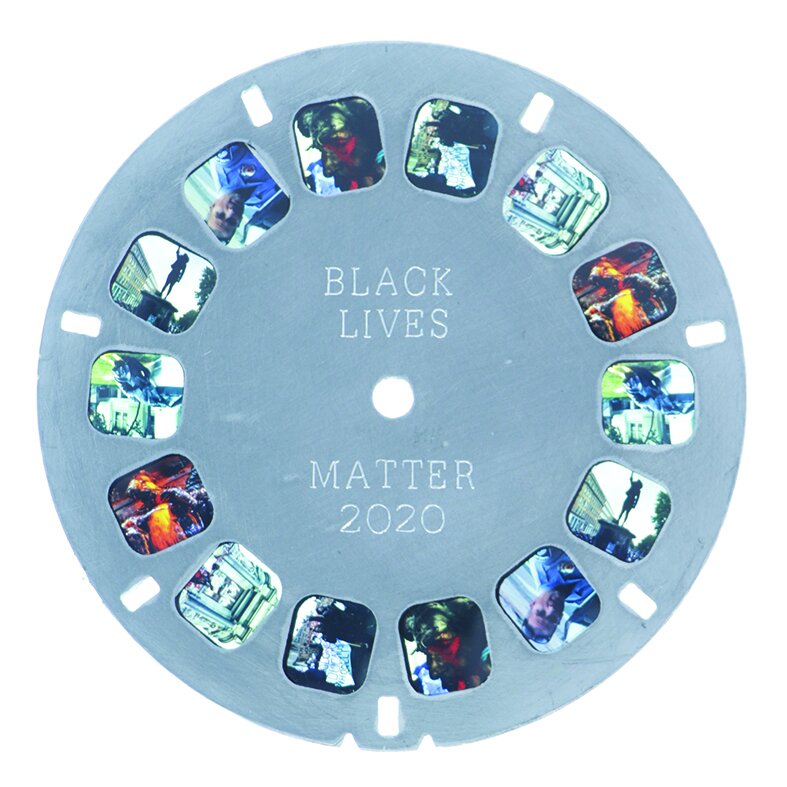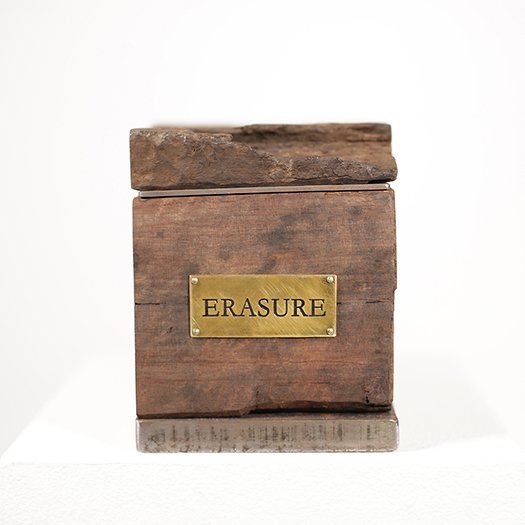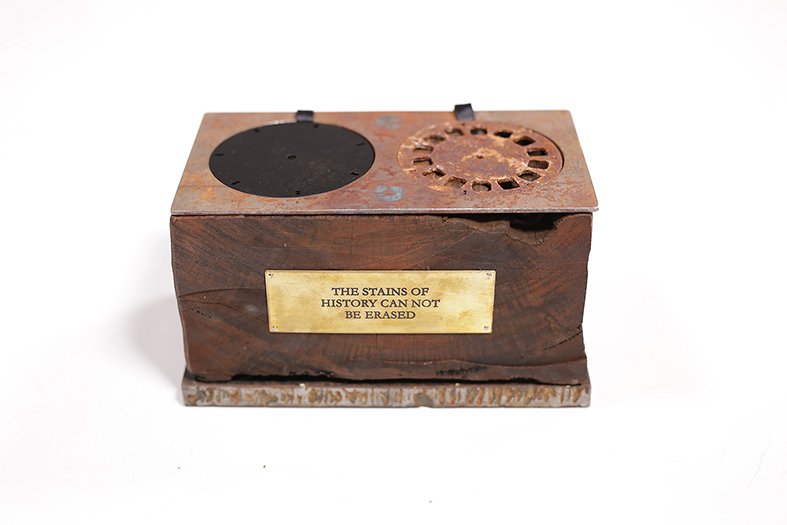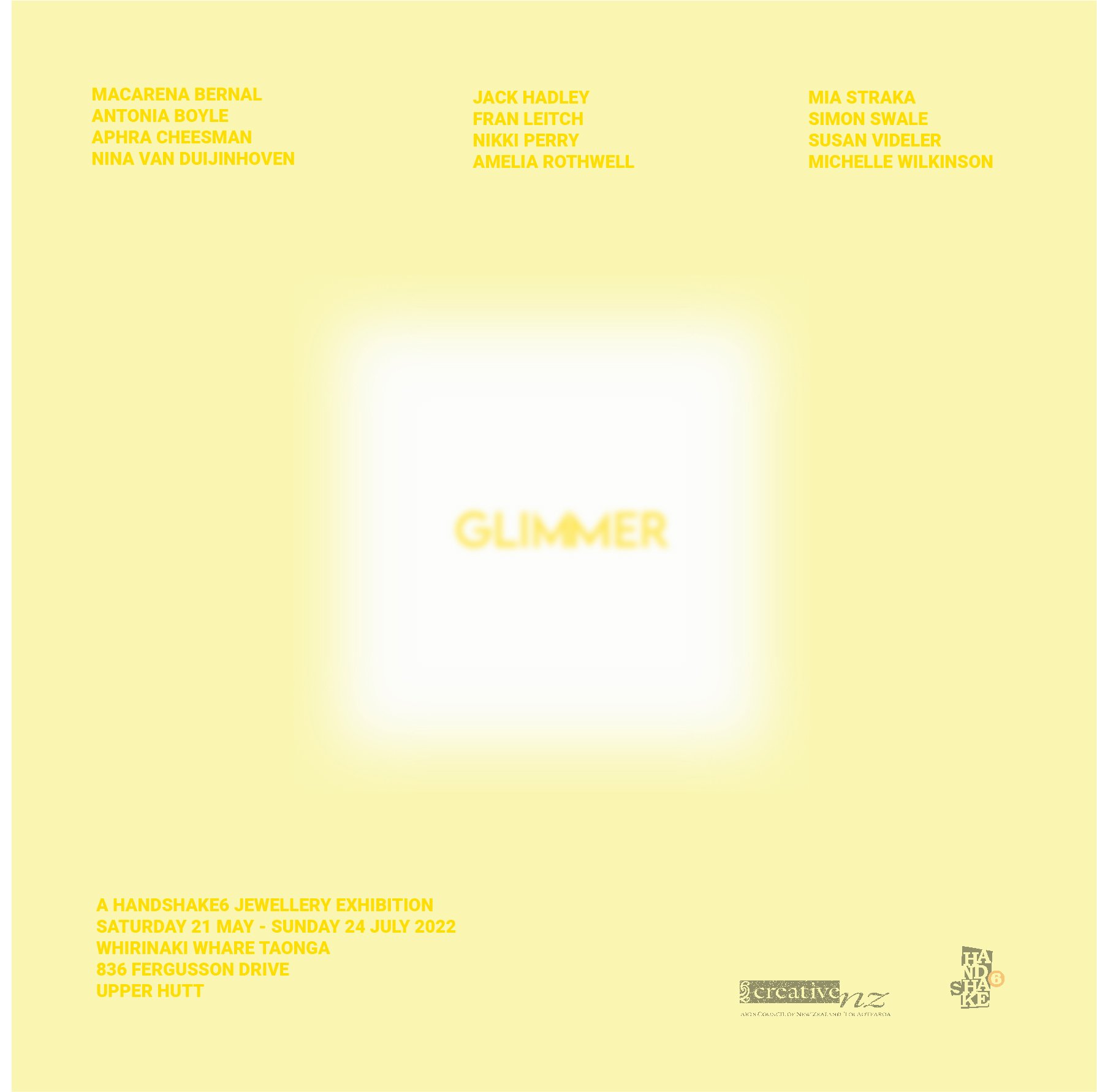THE STAINS OF HISTORY CAN NOT BE ERASED





















Dunedin 2020. Buried far beneath the news coverage focused on the upcoming presidential election in the USA, and the emerging global pandemic are other events receiving significantly less coverage. In Hong Kong, Myanmar and Belarus ; civil uprising, the wide spread suppression of the media and autocratic crackdowns. In Ethiopia and Yemen, civil wars, which in the case of Yemen is responsible for 'the worst humanitarian crisis in the world.' These are events however that receive little attention in the West, despite the scale of the suffering and tragedy.
This project engages with these events, as well as the Black Lives Matter uprising that saw the dismantling of statues of colonial oppressors. News photography from global media platforms such as The Guardian and the BBC are appropriated to rearticulate a narrative that has other wise appeared fragmented and buried beneath other news coverage. In doing so, this project asks who controls the narratives of history and why some histories seem more deserving of coverage than others. Each image was downloaded from the host website, projected and reshot on E-6 colour positive film. These images were then used to create functioning scale replicas of Viewmaster 'reels.' Utilizing thin sheet aluminum, the reels cut as a series using a waterjet, the images then held between the two aluminum pieces through industrial adhesive.
The use of the Viewmaster format questions the role of technology in the creation of historical narratives; the Viewmaster was first designed to replace the picture postcard and over time could be seen to provide idealized, and often problematic, representations of place. Devoid of people, such places are decontextualized from their colonial history. Representations of people too are often exoticized, especially indigenous peoples. Viewmaster's place as a mainstream children's toy further complicates the manner in which historical narratives are told- stereotypes created early in a person's life. The Viewmaster represents the complex intersection of product design, toy, and the way in which historical discourse is played out in the media.
By utilizing the Viewmaster 'reel' format, jewellery engages with the body in new ways- here jewelry becomes ocular as one holds the Viewmaster up to the eye. Jewelry here is for the eye- not to look at, but to see with; to see histories perhaps previously unseen, histories in danger of slipping us by unnoticed. By bringing these events so emphatically to the audiences attention, these pendants seek to negate the fear of Susan Sontag when she questions if news photography creates only distance from that which it documents. Ultimately I hope these works correspond to Sontag's own conclusion on the vital function of images; even as tokens these say “This is what human beings are capable of doing.”
Susan Sontag. Regarding the Pain of Others. (London: Penguin Books, 2011). p100.